 I originally wrote this piece for the blog 107daysofaction.wordpress.com. I asked for permission to reprint it to help raise awareness on this side of the Atlantic about the story. If you’d like to get involved with Justice for LB and 107 Days of Action, please click here.
I originally wrote this piece for the blog 107daysofaction.wordpress.com. I asked for permission to reprint it to help raise awareness on this side of the Atlantic about the story. If you’d like to get involved with Justice for LB and 107 Days of Action, please click here.
I’ve recently been made aware of the story of the death of a young autistic man in the UK that’s not getting any press that I’m aware of in the U.S. or Canada. I’d like to tell you Connor Sparrowhawk’s story.
Connor Sparrowhawk, known as “Laughing Boy” or “LB” to his friends and family, was autistic and, from what I can gather, intellectually disabled (it’s difficult to tell when going by British sources sometimes, as they tend to refer to what North Americans call “intellectual disabilities” as “learning disabilities”). He also had epilepsy. In an interview with BBC radio, LB’s mother, Sara Siobhan, talks about how when her son turned 18, his normally happy disposition changed:
“When he turned 18 in November, his behaviour sort of…he become very unhappy and anxious. And over the space of those 5 or 6 months, he became increasingly sot of unpredictable in his actions and very unlike himself, and he became very difficult for us to manage. We couldn’t get any help to look after him in school, really, and we were struggling to keep him in school.”
LB punched a teacher’s assistant and became increasingly unsettled. The family felt that they had no choice but to send him to Slade House, a small treatment and assessment facility (seven beds) run by Southern Health NHS Foundation trust.
Sara talked to the BBC about her hopes that the staff at Slade House would be able to figure out what was causing the changes in their son, and that they’d be provided with strategies to manage his anxiety and unhappiness. She feels that Slade House did very little to help either way. But if only that had been the worst of it.
LB was in Slade House for 107 days before he died on July 4, 2013. Sara got the phone call at work from a staff member when LB was on the way to to the hospital, she told the BBC. He’d been having a bath, and been found unconscious. Sara was told when she reached the hospital that doctors weren’t able to revive him.
The postmortem showed that LB had drowned, likely as a result of having a seizure, and was originally declared a death by natural causes by Southern Health NHS trust. However, an independent report found reasons to conclude otherwise, as indicated in this summary of the report’s findings on bindmans.com:
The report, completed by the independent organization Verita, investigated LB’s death and found the following:
– That LB’s death was preventable.
– That there were significant failings in his care and treatment.
– That the failure of staff to respond to and appropriately risk assess LB’’s epilepsy led to a series of poor decisions around his care.
– That the level of observations in place at bath time was unsafe and failed to safeguard LB
– That if a safe observation process had been put in place and LB had been appropriately supervised in the bath, he would not have died on 4 July 2013.
– That the STATT unit lacked effective clinical leadership.
– That there had been no comprehensive care plan in place for the management of LB’s epilepsy and his epilepsy was not considered as part of his risk assessment, in breach of NICE epilepsy guidance
The report follows another, highly critical CQC inspection report published in December 2013 in which the STATT unit failed on all 10 essential standards of quality and safety. Since that inspection report, the unit has been closed to new admissions.
Wow. Doesn’t seem to me like there’s much for the NHS to do but to try to determine what adequate compensation is in this situation (as if there is such a thing, when the death a loved one is involved), determine who was responsible and to what extent, “clean house” of those who were responsible, and commit to reviewing all the policies and procedures that may have contributed to LB’s death…and actually do so, of course.
But these things rarely happen that simply.
There’s not enough space today to get into the ways that justice has been put off for LB and his family, although Sara documents it all very well herself in her blog. Even a small facility like Slade House can be just as destructive as the larger warehouse-like institutions that are falling out of favour. It’s all a matter of attitudes and workplace culture. And like most stories involving professional misconduct in an institutional setting, this one gets uglier the more you find out about it.
I’d like to single out one person in particular.
Katrina Percy, chief executive of the Southern Health NHS Trust, doesn’t see why she should resign over this. After all, she’s apologized. She laments the lack of a “culture where people are able to be open when things don’t go as well as they possibly could.”
Cry me a river, Katrina Percy. That might go over if, after careful preparation and planning, LB had tried to go somewhere independently and gotten on the wrong bus to come home (he apparently loved buses). It doesn’t cut it even remotely when a young man with with multiple disabilities and epilepsy dies in the bathtub after a seizure because a medical unit (which turned out to be unsafe for patients anyway) for which you are ultimately responsible left huge gaps in both his care plan and its policies around observation during bath-time. And you don’t get to slam the family with vague comments about “people” not being “open” because you don’t want to take responsibility for this (or for the other two Southern Health facilities subsequently found to have safety failings after Slade House was investigated).
But then, as Chris Hatton has observed, all’s really not been well at Southern Health for the last while, has it? Quite sketchy indeed, Katrina Percy.
It never should have been acceptable for anything like this to happen, but isn’t the era where families couldn’t trust institutional care to meet the basic safety needs of their loved ones supposed to be over? Aren’t we supposed to know better, and act out of a ethos that demands we treat vulnerable people with dignity, and compassionate, responsible, reliable care?
I’m thinking about all the places that I’ve covered in this blog where people got hurt or died because disabled people were considered expendable and just given the absolute minimum of care. The abuses at Huronia Regional Health Centre in Ontario, Canada, happened a long time ago…Willowbrook State School in Long Island been closed for decades…but the New York State group home scandal broke soon after I started this blog in 2011, and the men profiled in the New York Times’ recent “The ‘Boys’ in the Bunkhouse” piece were only removed in 2009 from a horribly abuse group home/sheltered workshop situation that went on for decades.
This must stop.
The next time someone tells you that disabled people aren’t at risk in our society, ask them what they think it would feel like to have a seizure in bathtub full of water and not be able to call out for help.
I know that it’s something that I don’t want to think about.
107 Days of Action added this update when they published this piece on April 24, 2014:
Sarah’s thoughts have become even more topical in light of Katrina Percy’s ‘performance’ at the Oxfordshire Learning Disability Partnership Board. See Gail’s brilliant blog posts on this meeting Dinosaurs and Elephants in the Room and How things could have been…and the float that sank.
Then yesterday KP faced more media attention after yet another critical report and a warning notice from CQC, and Monitor announcing they are taking enforcement action against Southern Health. You can read Sara’s latest post, Love tennis in health (and social care) towers, for her thoughts on this latest development.

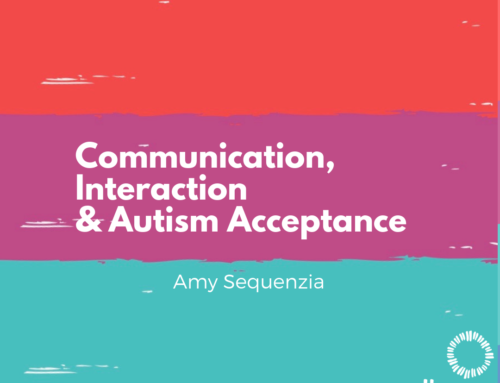
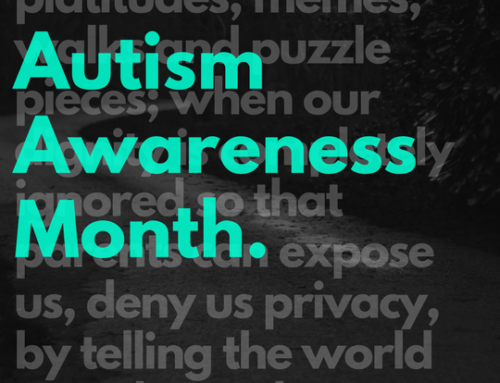




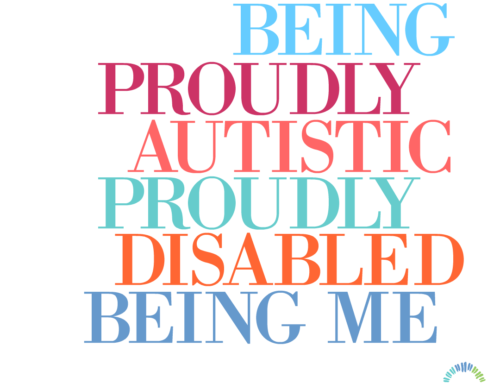
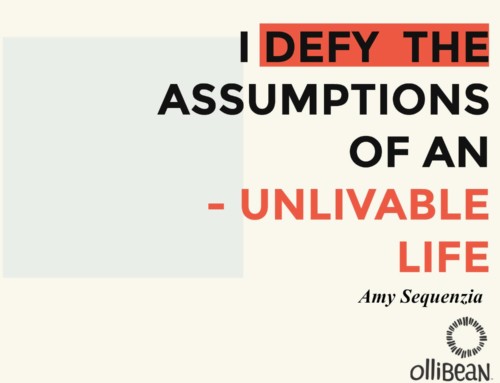
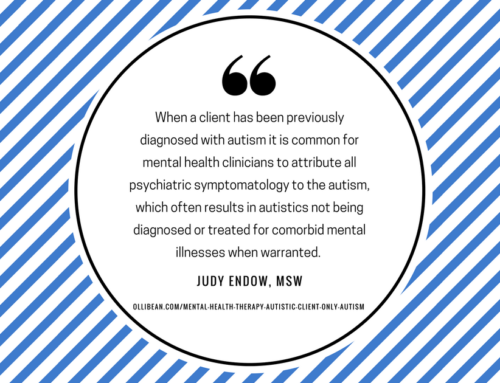


And there is the Judge Rotenberg Center in MA, shocking people, torturing disabled people and calling it “treatment”